Brand Consistency Helps.
And it just doesn’t matter if the consumer is 40 or 4 year old!
This is something that we all know and always try to achieve as a marketer but recently I experienced the power of a consistent brand in a different way altogether.
Few weeks back, I was traveling out of country along with my 4 year old and one of the days during that trip we were roaming in an area that had very limited options for food. While I was ok with anything to eat but it was the little one for whom we were not able to find any suitable option. To add to that, internet connectivity was weak and Google map wasn’t being of much use. It was already quite late for his meal time and he didn’t want to eat any of the packaged snacks that I was carrying. And suddenly he shouted — Mumma, look there is a Domino’s! I tried to look around and asked — where? He was pointing to a remote corner where we could spot a red & blue part of glow-sign. It was quite far but yes the red & blue looked familiar and we started walking in that direction. And bingo, he was right, there was a Domino’s! As we approached nearer, we realized there were other food joints as well including some good options for pizza. We tried to convince him to try out something new but the junior was adamant on having a pizza and that too from Domino’s only.
Here’s a snapshot of conversation between me and my 4 year old.
Me: Ok I understand you want to have pizza only but why not try this place (me pointing to the next outlet of Brand Y).
Him: No, I want to eat at Domino’s only as I know their pizzas are good.
Me (Trying my luck again as we wanted to explore something different): But how do you know the pizza at this other outlet is bad without even trying?
Him: Mumma, I don’t know if the other pizza is bad but I know Domino’s pizza is good. What if their cheese pizza will have mirchi (chilly) in it? Domino’s ke cheese pizza mein mirchi nahi hoti and taste humesha same hota hai (Domino’s cheese pizza doesn’t have chillies in it and always tastes the same). I’m hungry and I will have my favorite cheese pizza of Domino’s ONLY!
And yes, the mom and dad in us won over the foodie in us. We finally had pizzas at Domino’s only despite the fact that Brand Y outlet looked more appealing and had much higher rating on Tripadvisor.
Now a 4 year old’s love for pizza is something that I needn’t explain 🙂 but his love for Domino’s was something that I thought was worth observing:
- He can’t read all the small letter alphabets yet, but it was him who could spot the brand from a really far off place. In fact the brand name was hardly noticeable but he could recognize the outlet just by a glimpse of that red & blue logo unit. Well,
Consistency surely makes a brand easily recognizable!
- His trust in brand and its offering was rock solid! He had tried Domino’s cheese pizza at different places earlier and he knew that it tastes the same everywhere. Preferably,
Consumers trust the brand they recognize and consistency helps in building that trust!
- He was sure of his choice and when it came to his favorite pizza he wasn’t willing to try anything else except Domino’s. He ensured that we bought the pizza from Domino’s only. And,
When there is a trust, there is a loyalty and chances of repeat business are quite high.
So here I was, practically experiencing the three key lessons of Brand Consistency through purchase behavior of my 4 year old who doesn’t even know how to read a brand name yet :). Consistency actually helps your brand get recognized, builds trust in the minds of your consumers and increases the chance of repeat business!
Btw, that area also had Domino’s biggest competitor in Indian market but somehow that brand was not the top of mind recall for my 4 year old, maybe because Domino’s is more of a household name in India due to its focus on home delivery model as against the fine dining or eat out experience by the competitor.
Domino’s — you definitely have a very loyal 4 year old consumer at my end!
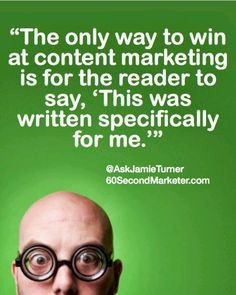
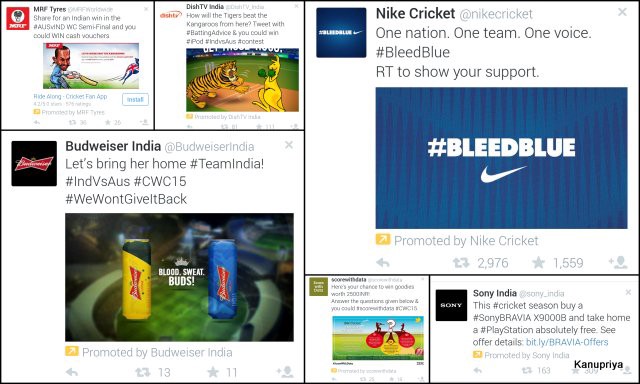
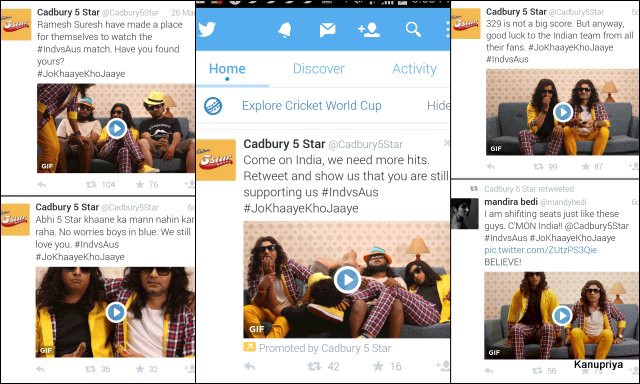



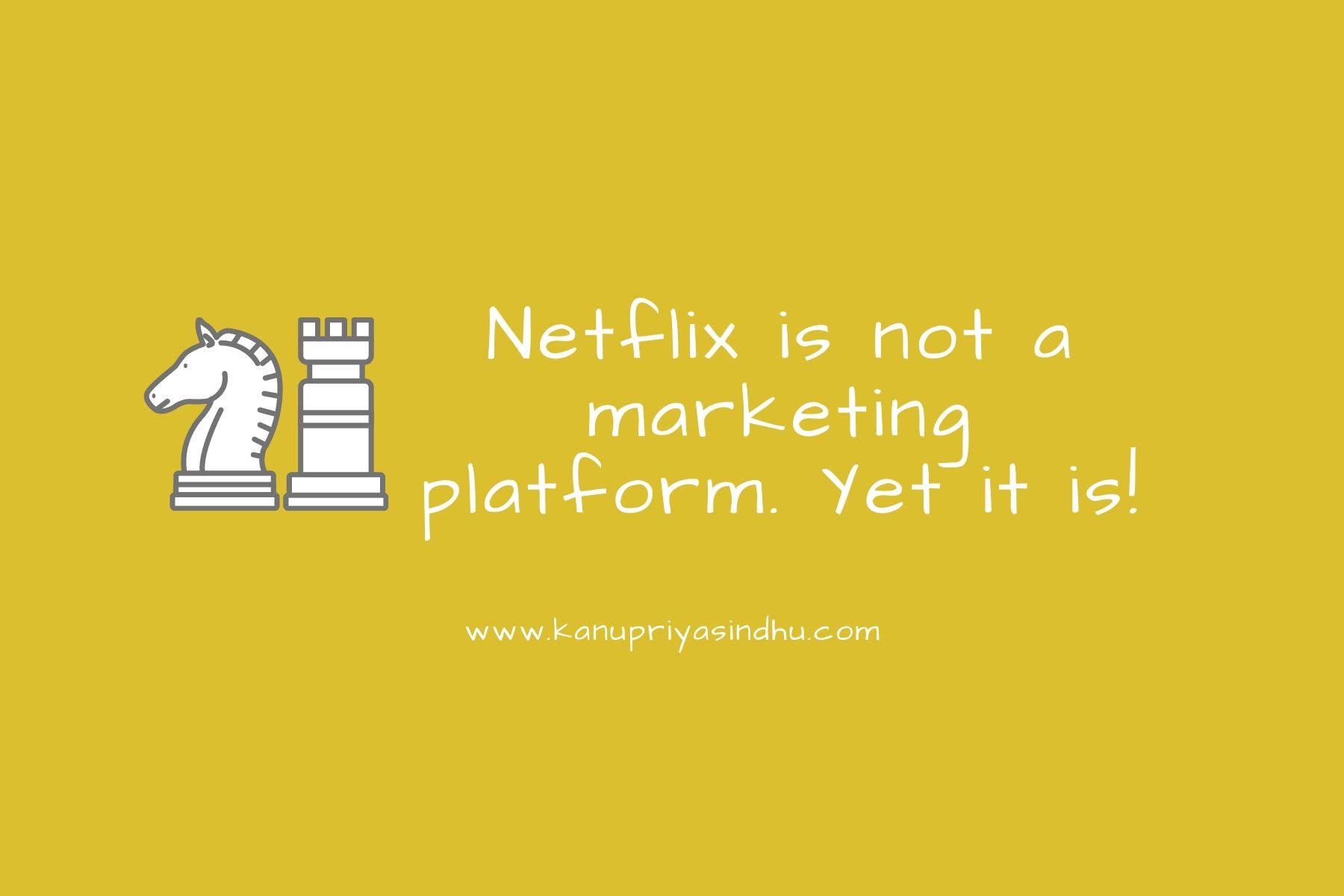
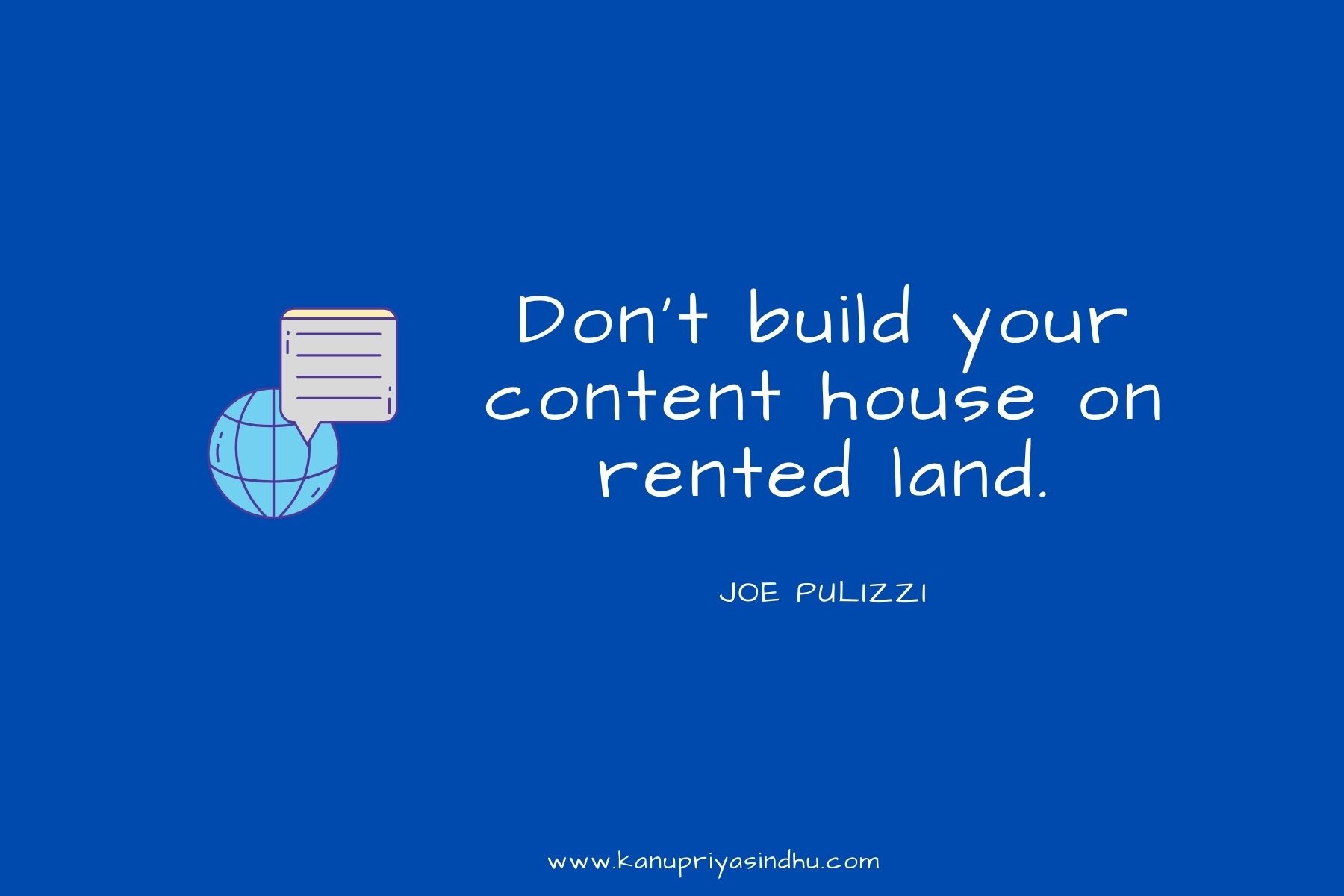
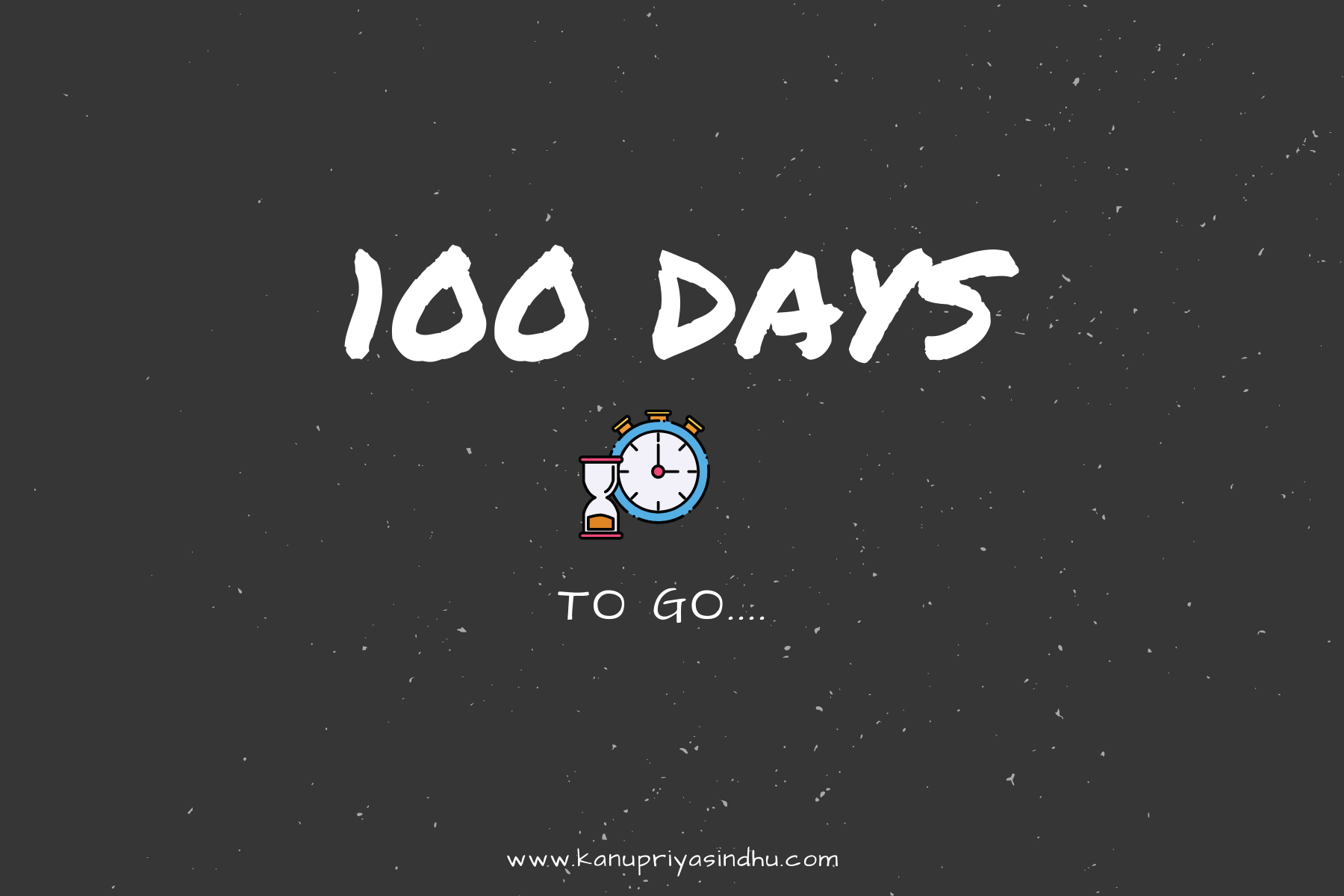

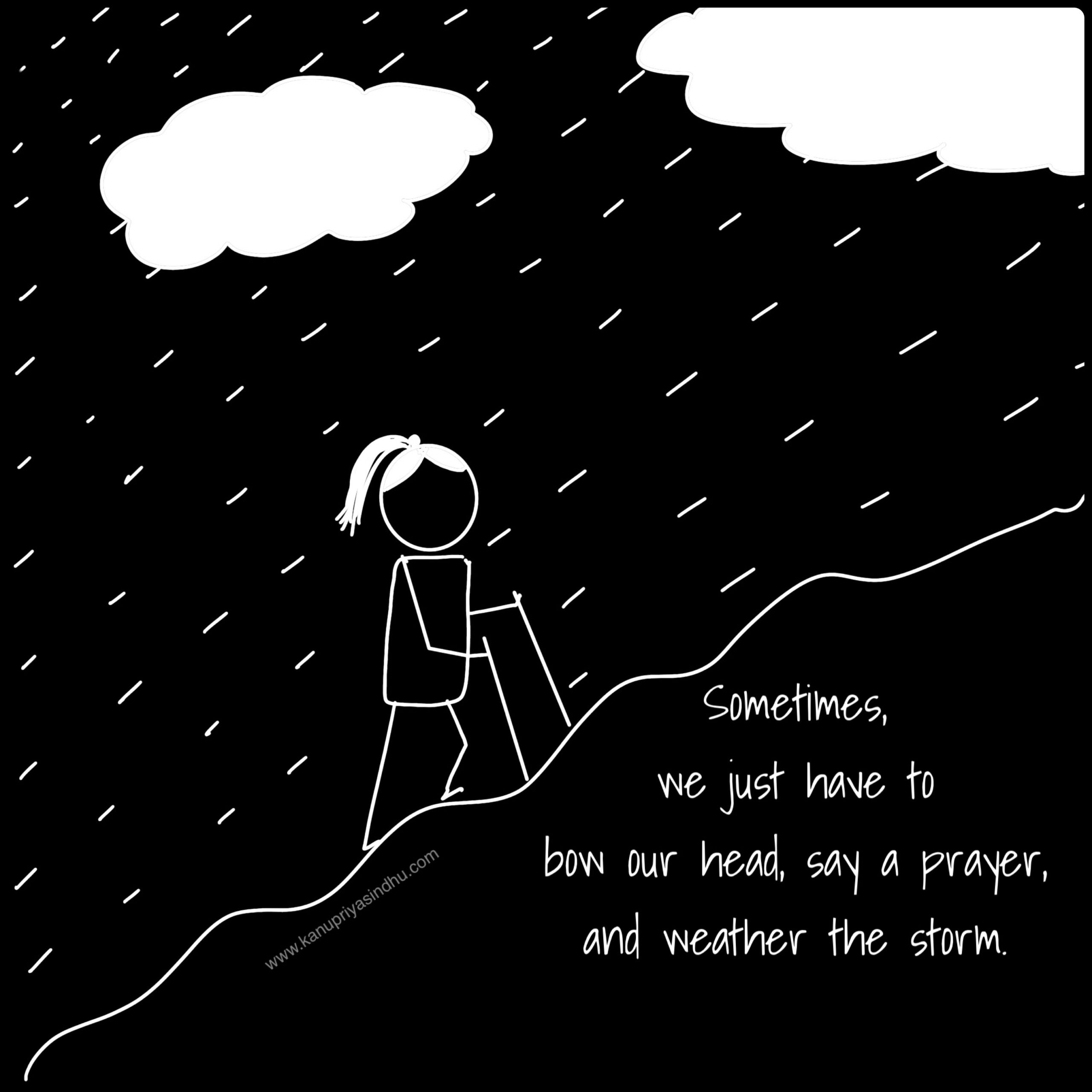
Recent Comments